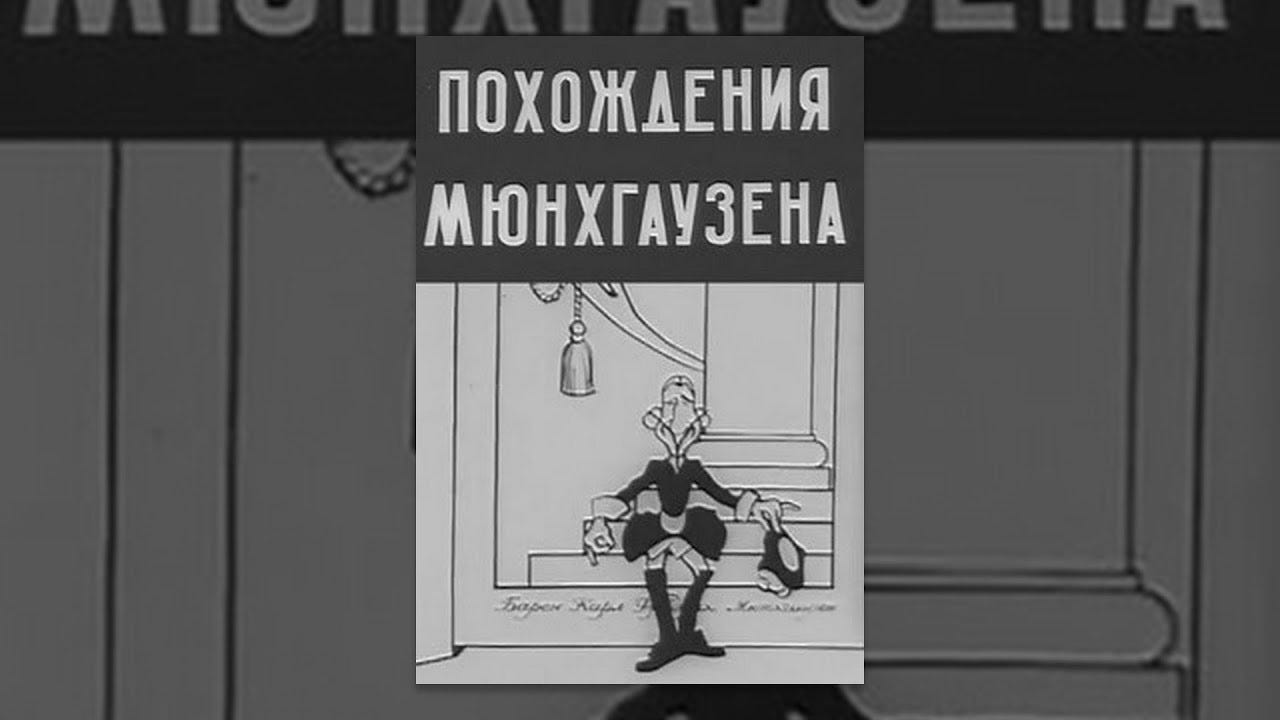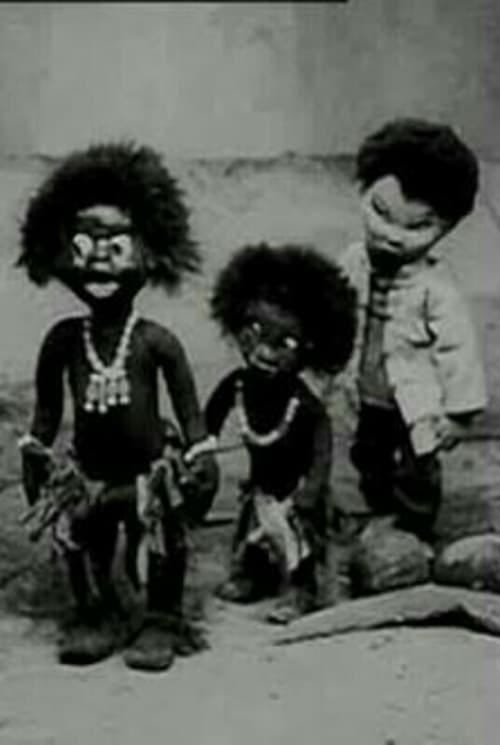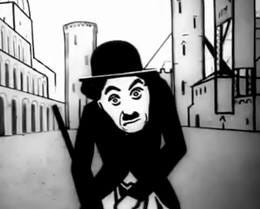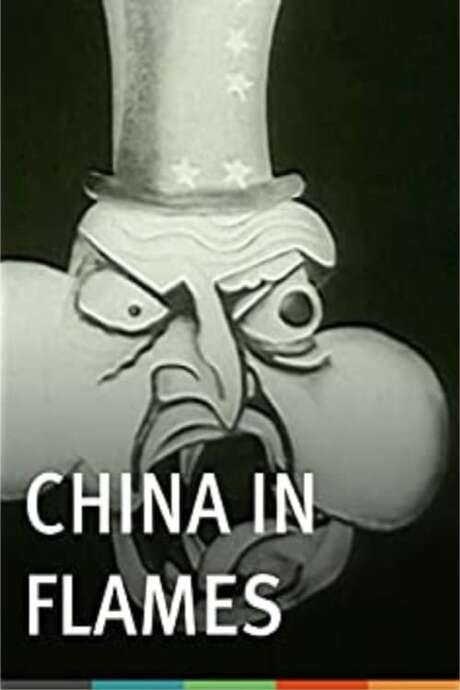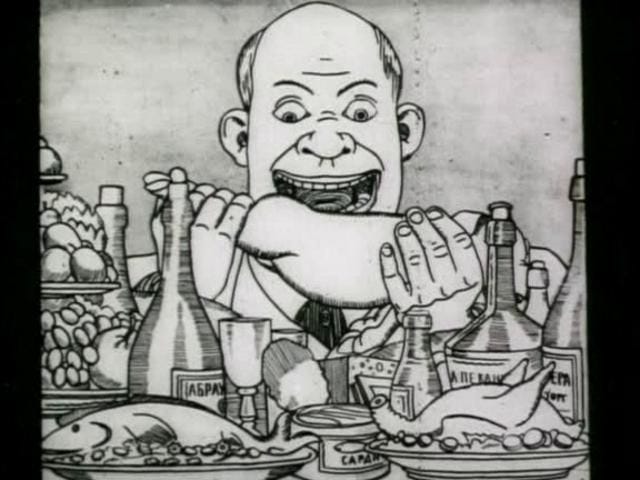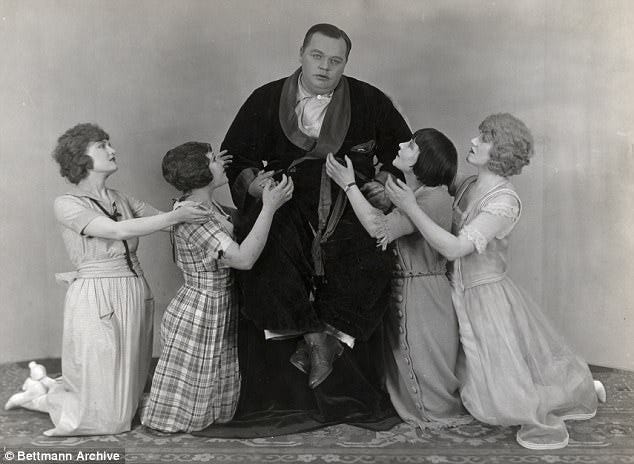Silent Shorts From The Soviet Union: From Propaganda To Camp Part 1
The Soviets believed propaganda could be easily spread with movies. These shorts range from entertainment to being hit over the head with propaganda.
The Adventures of Baron Munchausen (1929 Cartoon)
Baron Munchausen is a fictional German nobleman created by the German writer Rudolf Erich Raspe in his 1785 book Baron Munchausen's Narrative of his Marvellous Travels and Campaigns in Russia. The character is loosely based on a real baron, Hieronymus Karl Friedrich, Freiherr von Münchhausen.
Versions of the fictional Baron have appeared on stage, screen, radio, and television, as well as in other literary works. Though the Baron Munchausen stories are no longer well-known in English-speaking countries, they are still popular in continental Europe. The character has inspired numerous memorials and museums, and several medical conditions and other concepts are named after him, including Munchausen syndrome, the Münchhausen trilemma, and Munchausen numbers.
English captions, watch it here:
Adventures of the Little Chinese (1928) puppet movie
English captions
Stop motion cartoon about two Chinese kids in search of a land free of slavery and racism. Their adventures end in the Soviet Union. Watch it here:
One of many (cartoon, 1927)
English Captions
“One of Many” is a Soviet black and white satirical animated film with elements of live shooting in 1927, the studio “ Mezhrabpom-Rus ”, which makes fun of the passion for American movie stars. The creation of the cartoon was worked by recognized masters of Soviet animation - Nikolai Khodataev and the Sisters Brumberg. A Soviet girl dreams of Hollywood in the charming short combined live action/animated film. The film takes its cue from Mary Pickford and Douglas Fairbanks’ visit to Russia in 1926. Watch it here:
CHINA IN FLAMES
One of the first examples of Soviet animation
This film is fairly well-known among historians of Russian animation for being one of the first to be made in the Soviet Union. Well, not exactly the first; there was one lost film released in 1923 and nine in total from 1924. But it was the "biggest" early animation project, running about 32 minutes. The film is in three acts of 10 minutes each. It starts with a description of how evil capitalists are hurting China, goes on to show an example of uprisings in the countryside and cities which are mercilessly crushed, and finally shows how communist ideas make an impact among the population, and how China finally recognizes the Soviet Union and begins trading with it. The final scene sums up the message of the film by telling its viewers to sympathize with the plight of the Chinese peasants and "stand by them".
Unlike American animation of that time, Soviet animation of the 1920s up until 1936 took its inspiration from avant-grade revolutionary posters (American animation was inspired by comics). The film's visual style is very dramatic (i.e. capitalists have enormous bellies, fat, jiggling cheeks, and even fangs). Symbolism is everywhere (near the end of the film, capitalism is represented by a huge black spider sitting on China). At the same time, the portrayal of the Chinese countryside in the middle of the film is rather naturalistic and peaceful. The film uses the "cutout animation" style; everything consists of moving pieces of paper. This method allows a far more interesting visual look than cel animation would have, at the expense of some mobility. However, the animators are very creative with how they use it.
Although some sections of the film are quite interesting to watch, it is not nearly as fun as the directors' earlier and shorter 1924 film "Interplanetary Revolution". There is less activity, and less humour (by design, this film was meant to be educational). However, I don't think that I can really judge the true quality of the film; the version of the film that I watched (Films by Jove) had a clean but very dark image, sometimes so dark that I couldn't see anything on the screen. Moreover, the music chosen to accompany this silent film seemed very inappropriate most of the time; the striking images and often-frantic activity on the screen demanded a similarly striking soundtrack. Instead, there was a Chinese string instrument and flute playing very slow and seemingly aimless music that did not correspond at all with the activity on the screen. All in all, it was difficult to get a picture of what the film was like when the reels were brand new and the music more fitting. IMDb Watch it here:
SOVIET TOYS
Dziga Vertov is best known for his dazzling city symphony A Man with a Movie Camera, which was ranked by Sight and Sound magazine as the 8th best movie ever made. Yet what you might not know is that Vertov also made the Soviet Union’s first ever animated movie, Soviet Toys.
Consisting largely of simple line drawings, the film might lack the verve and visual sophistication that marked A Man with a Movie Camera, but Vertov still displays his knack for making striking, pungent images. Yet those who don’t have an intimate knowledge of Soviet policy of the 1920s might find the movie — which is laden with Marxist allegories — really odd.
Soviet Toys came out in 1924, during Lenin’s New Economic Policy (NEP), which gave some market incentives to small farmers. Not surprisingly, the farmers started producing a lot more food than before, and soon a whole new class of middleman traders formed — the reviled “NEPmen.”
The movie opens with a NEPman — a bloated caricature of a Capitalist (who coincidentally looks vaguely like Nikita Khrushchev) — devouring a massive heap of food. He’s so stuffed that he spends much of the rest of the movie sprawled out on the floor, much in the same way one might imagine Jamie Dimon after Thanksgiving dinner. Then he belches riches at a woman who is can-canning on his distended belly. I said this film is odd.
Later, as a couple of squabbling Russian Orthodox priests look on, a worker tries to extract money from the NEPman by cutting his gut with a huge pair of scissors. When that fails, the worker and a passing peasant fuse bodies to create a two-headed being that stomps on the Capitalist’s belly, which pops open like a piñata filled with cash. Then members of the Red Army pile together and form a sort of human pyramid before turning into a giant tree. They hang the Capitalist along with the priests. The end.
Some of the references in this movie are clear: The worker’s use of scissors points to the “Scissors Crisis” – an attempt by the Central Government to correct the price imbalance between agriculture and industrial goods. And the physical melding of the peasantry and the proletariat is a representation of the never quite realized dream of the Bolsheviks. Other images are as obscure as they are weird — the leering close ups of the Capitalist, the NEPman’s girlfriend who disappears into his stomach, the revolutionary filmmaker who has the eyes of a camera lens and the mouth of a camera shutter. They feel like something out of a Marxist fever dream. Watch it here:
Behind The Paywall: Hollywood (1980) Episode 3 “Single Beds and Double Standards”
The Fatty Arbuckle case exposes sex and Hollywood.
Keep reading with a 7-day free trial
Subscribe to Classics Of The Silent Screen to keep reading this post and get 7 days of free access to the full post archives.




